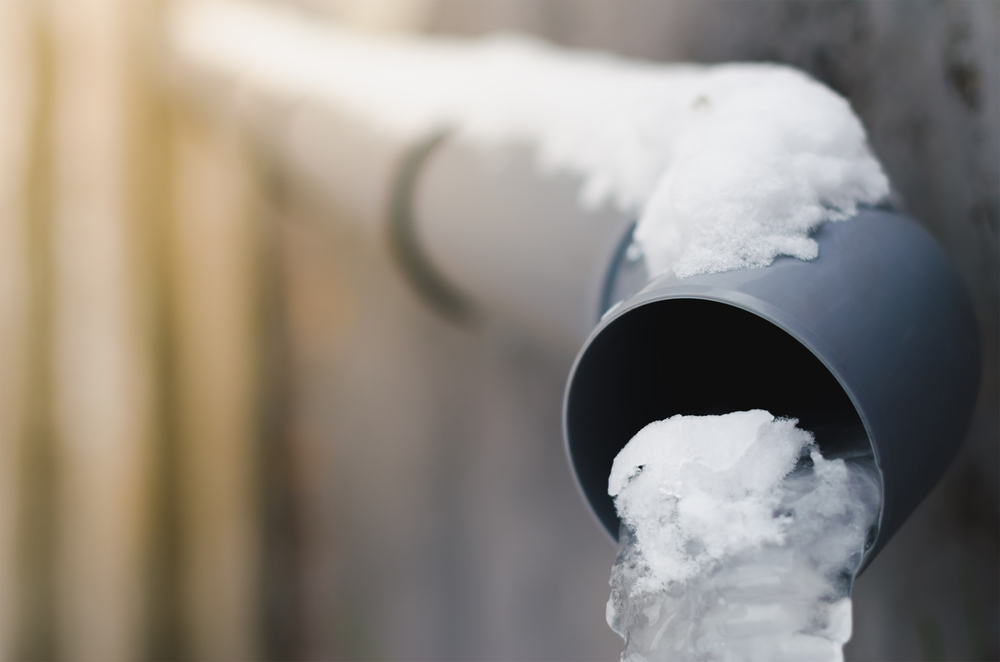What're your opinions about How To Avoid Freezing Pipes?

Cold weather can ruin your pipes, especially by freezing pipes. Here's how to avoid it from taking place and what to do if it does.
Intro
As temperatures decline, the danger of icy pipes rises, potentially leading to expensive repair work and water damages. Understanding exactly how to stop frozen pipelines is important for property owners in cool climates.
Comprehending Icy Pipes
What triggers pipelines to ice up?
Pipes freeze when revealed to temperatures listed below 32 ° F (0 ° C) for expanded periods. As water inside the pipes freezes, it increases, putting pressure on the pipe walls and potentially causing them to rupture.
Dangers and damages
Frozen pipes can lead to water interruptions, building damages, and pricey repair services. Ruptured pipelines can flood homes and cause comprehensive architectural damages.
Indications of Frozen Pipes
Determining frozen pipelines early can avoid them from rupturing.
Just how to identify icy pipes
Try to find reduced water flow from taps, uncommon odors or sounds from pipelines, and visible frost on exposed pipes.
Prevention Tips
Insulating vulnerable pipelines
Wrap pipelines in insulation sleeves or utilize warmth tape to secure them from freezing temperature levels. Focus on pipelines in unheated or outside locations of the home.
Home heating techniques
Maintain indoor rooms appropriately heated, especially areas with plumbing. Open cabinet doors to allow warm air to circulate around pipelines under sinks.
Securing Outdoor Pipes
Yard tubes and outdoor taps
Detach and drain yard pipes prior to winter season. Install frost-proof faucets or cover outside taps with shielded caps.
What to Do If Your Pipelines Freeze
Immediate actions to take
If you believe icy pipes, maintain faucets open up to soothe pressure as the ice thaws. Utilize a hairdryer or towels taken in warm water to thaw pipelines slowly.
Long-Term Solutions
Architectural adjustments
Take into consideration rerouting pipes away from exterior wall surfaces or unheated locations. Add extra insulation to attic rooms, cellars, and crawl spaces.
Updating insulation
Purchase high-grade insulation for pipelines, attics, and walls. Correct insulation assists preserve regular temperatures and lowers the risk of frozen pipelines.
Final thought
Preventing icy pipelines calls for positive steps and quick feedbacks. By comprehending the causes, signs, and safety nets, house owners can shield their plumbing during winter.
5 Ways to Prevent Frozen Pipes
Drain Outdoor Faucets and Disconnect Hoses
First, close the shut-off valve that controls the flow of water in the pipe to your outdoor faucet. Then, head outside to disconnect and drain your hose and open the outdoor faucet to allow the water to completely drain out of the line. Turn off the faucet when done. Finally, head back to the shut-off valve and drain the remaining water inside the pipe into a bucket or container. Additionally, if you have a home irrigation system, you should consider hiring an expert to clear the system of water each year.
Insulate Pipes
One of the best and most cost-effective methods for preventing frozen water pipes is to wrap your pipes with insulation. This is especially important for areas in your home that aren’t exposed to heat, such as an attic. We suggest using foam sleeves, which can typically be found at your local hardware store.
Keep Heat Running at 65
Your pipes are located inside your walls, and the temperature there is much colder than the rest of the house. To prevent your pipes from freezing, The Insurance Information Institute suggests that you keep your home heated to at least 65 degrees, even when traveling. You may want to invest in smart devices that can keep an eye on the temperature in your home while you’re away.
Leave Water Dripping
Moving water — even a small trickle — can prevent ice from forming inside your pipes. When freezing temps are imminent, start a drip of water from all faucets that serve exposed pipes. Leaving a few faucets running will also help relieve pressure inside the pipes and help prevent a rupture if the water inside freezes.
Open Cupboard Doors
Warm your kitchen and bathroom pipes by opening cupboards and vanities. You should also leave your interior doors ajar to help warm air circulate evenly throughout your home.

Hopefully you enjoyed reading our excerpt on Winter Plumbing Precautions: Preventing Frozen Pipes. Thank you for spending some time to read our blog. Sharing is good. Helping people is fun. We take joy in your readership.
Get Your Estimate Now
Comments on “Preventing Frozen Pipes in Winter: Critical Tips”